Virginia Buttonweed (Diodia virginiana) is a common broadleaf weed that can be troublesome in both turfgrass lawns and ornamental beds.
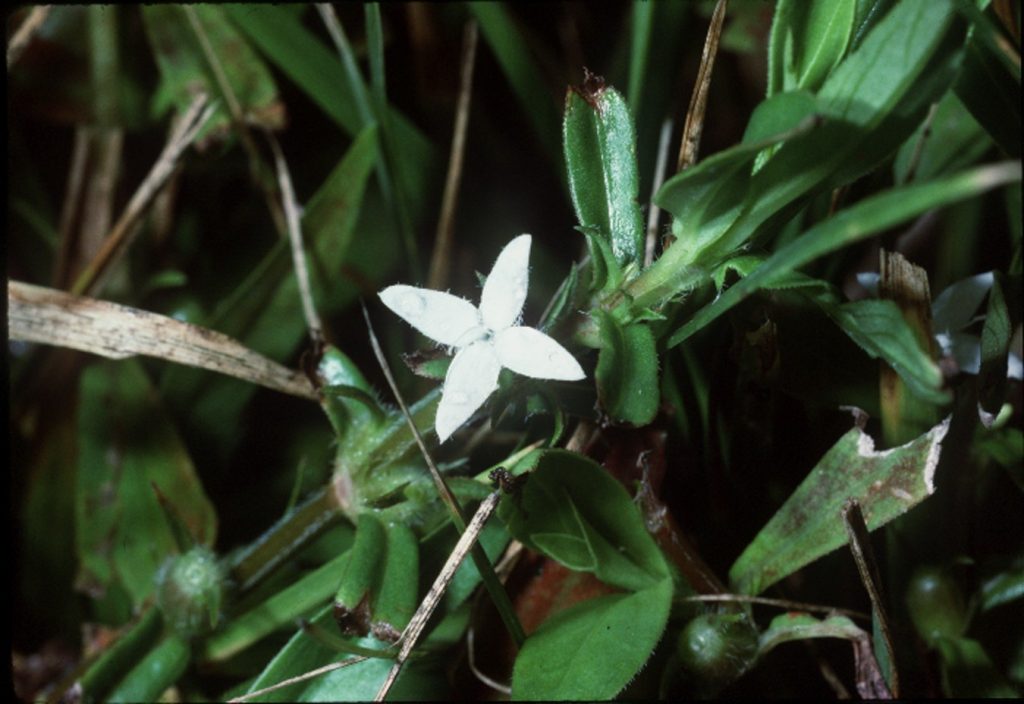
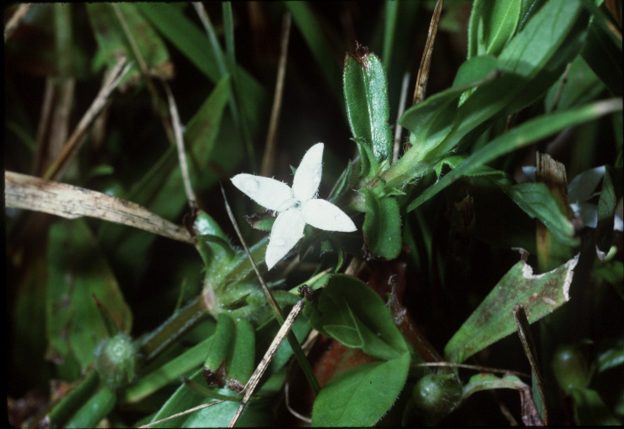
Virginia Buttonweed (Diodia virginiana) is a common broadleaf weed that can be troublesome in both turfgrass lawns and ornamental beds.

Lesser celandine or fig buttercup (Ficaria verna) is now becoming noticed in Henrico County as the plants are beginning to come into bloom.
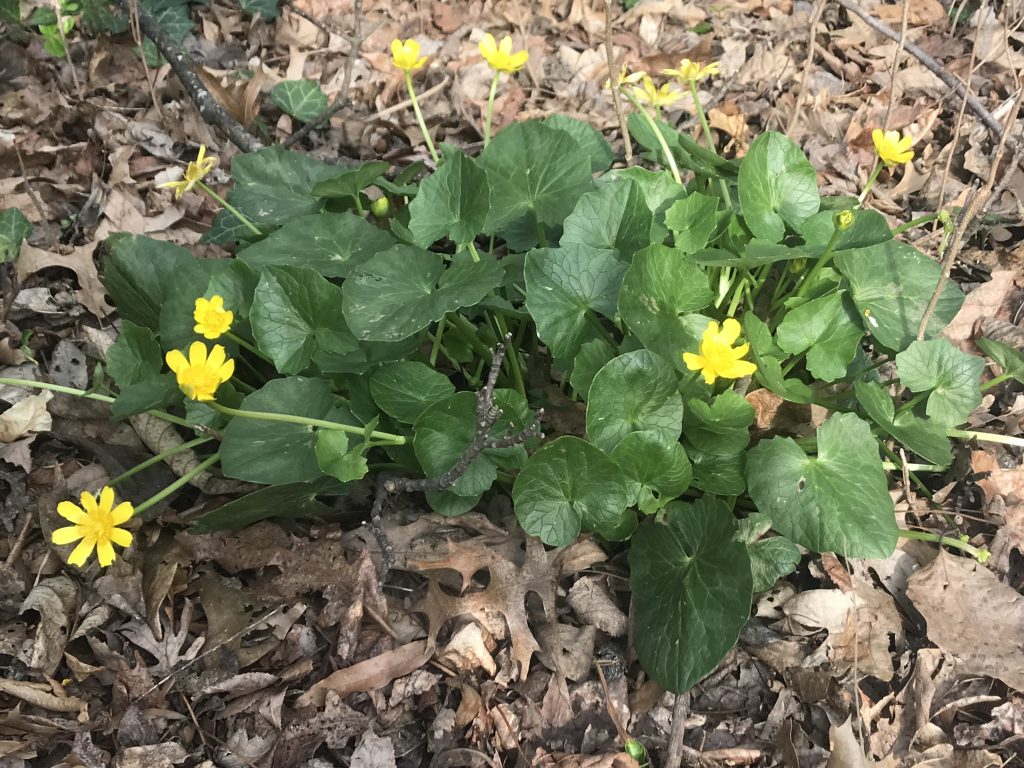
Are you interested in starting a vegetable garden this year? Or would you like to learn more about vegetable gardening? Growing your own food, using nature as a guide and incorporating sustainable practices is good for our bodies and good for the earth.
The Virginia Cooperative Extension – Prince William unit is offering a vegetable Gardening Course this year.
Continue readingAs a result of this Monday’s storm, has the wet snow splayed some of your shrubs or bent over your trees?
Here is some good information from our neighbors to the south at NC State Extension on how to help your shrubs and trees recover from the heavy snow load. (Click linked image below.)
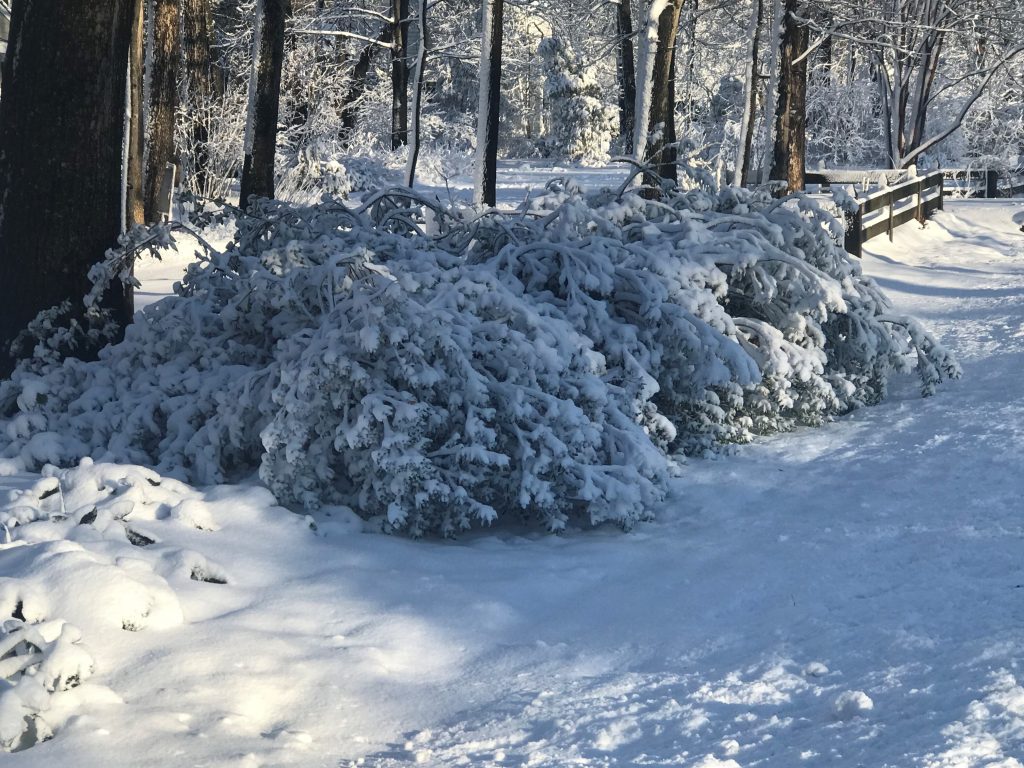
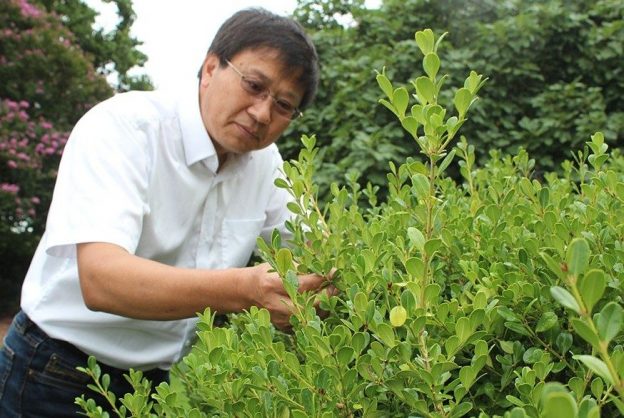
Virginia Cooperative Extension is once again cautioning the public to take measures to avoid spreading the devastating boxwood blight when decorating for the holidays this year. Do you know that boxwood greeneries and decorations could carry the boxwood blight pathogen to your property, destroying precious boxwood plantings that your family has had for generations and threatening those of your neighbors?
The Osage Orange, Maclura pomifera, is a native to a narrow belt in eastern Texas, southeastern Oklahoma, southwestern Arkansas, and the extreme northwest corner of Louisiana. But it has been introduced and has become naturalized throughout much of the eastern United States, including Virginia.
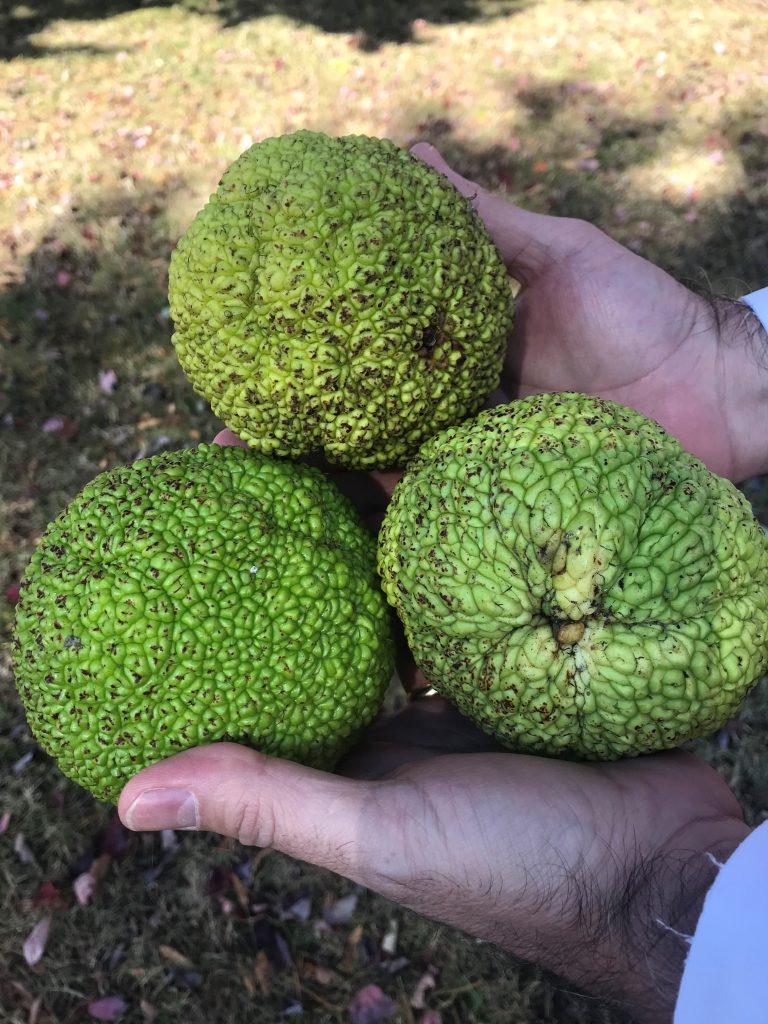
It’s easy to plant garlic in the fall!
Garlic can also be spring planted, but needs to be chilled first (refrigerate for at least 8 weeks before planting in spring). Garlic plants need to reach an adequate size before day length increases in the spring, which triggers bulb formation, so plant as early as possible in spring.
Continue reading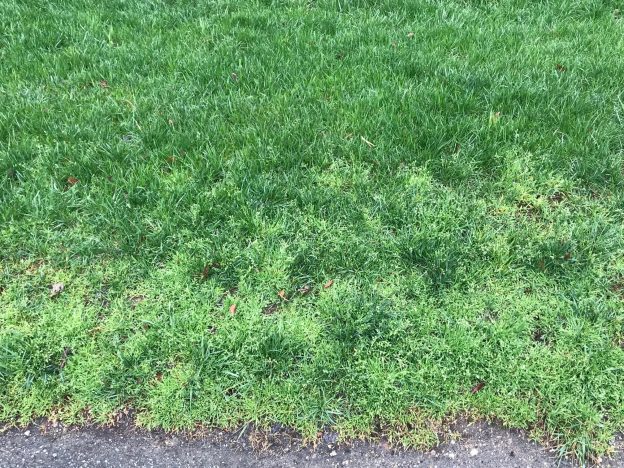
Poa annua or Annual bluegrass puts on a showy display of its seedheads every spring just before it dies in our summer heat. What can be done now and in the future to better manage this important lawn pest?
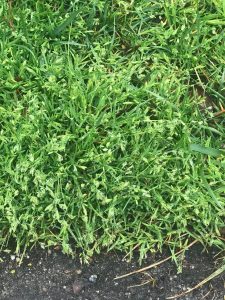
My Oak tree has a lot of brown leaves on it. Can you help me determine what is wrong?
What you see in the picture at the bottom are damaged leaves from a non-sting wasp. We commonly see the effects of Jumping Oak Galls this time of year. The amount of leaves impacted on each tree can vary.
We do not have any insecticide treatment options, but the galls have little impact on the tree health. As seen in these photos, the tree suffered almost complete defoliation from infestation, but on the right we see the same tree just a week later full of new leaves. Your tree should be able to care for its own health given time.
To relieve pressure for future years, you can remove all fallen leaves by bagging them and removing them from your property. This will keep some larva from maturing and affecting the tree in future seasons. Also, if drought occurs later in the season water the tree to help relieve stress that may be impacting the tree health.
Photos 1 & 2: Left, A white oak that was nearly defoliated as a result of a severe infestation of jumping oak gall; Right, This is the same tree a week or so later showing new leaves growing. Photo credits: Dave Filipiak
The brown spots that you see on the leaves are a form of a blister from the tiny seed-like galls located on the underside of the leaves. Each gall serves as an incubator for a single non-sting wasp.
The name Jumping Oak Gall comes from when the larva hits the ground. After the larva hit the ground, you can see them jumping about an inch off of the ground, trying to position themselves on the soil surface to survive the winter.
All resource links accessed May 31, 2018
Photos 1 & 2: Michigan State University Diagnostic Services, used with permission
Photo 3: Alice Cox, 2018 Henrico County Extension Summer Intern
Do you have a gardening question that the Henrico Master Gardener Volunteers can help you with? The Henrico Extension Master Gardener Horticulture Helpline provides expert advice and guidance on a variety of gardening topics.
The Henrico Master Gardener Horticulture Helpline can be reached at (804) 501-5160, which also serves as the main number for the Extension office. The helpline will be staffed from 12:30 to 4:30 p.m. Mondays and Fridays and from 9 a.m. to noon Tuesdays, Wednesdays and Thursdays through October.
In addition, the public may call from 8 a.m. to 4:30 p.m. weekdays to leave a message. A Master Gardener will respond during the next shift.
For the helpline, a team of volunteer Master Gardeners will have access to a vast library of Extension publications and information on horticulture topics. Henrico’s Master Gardener program provides education and promotes research-based information on horticulture to the gardening public. For more information, go to henrico.us/extension.
Answers provided herein were based on specific situations and growing conditions.These recommendations may or may not be appropriate for all circumstances.For specific recommendations for your particular situation please contact your local Cooperative Extension Office.